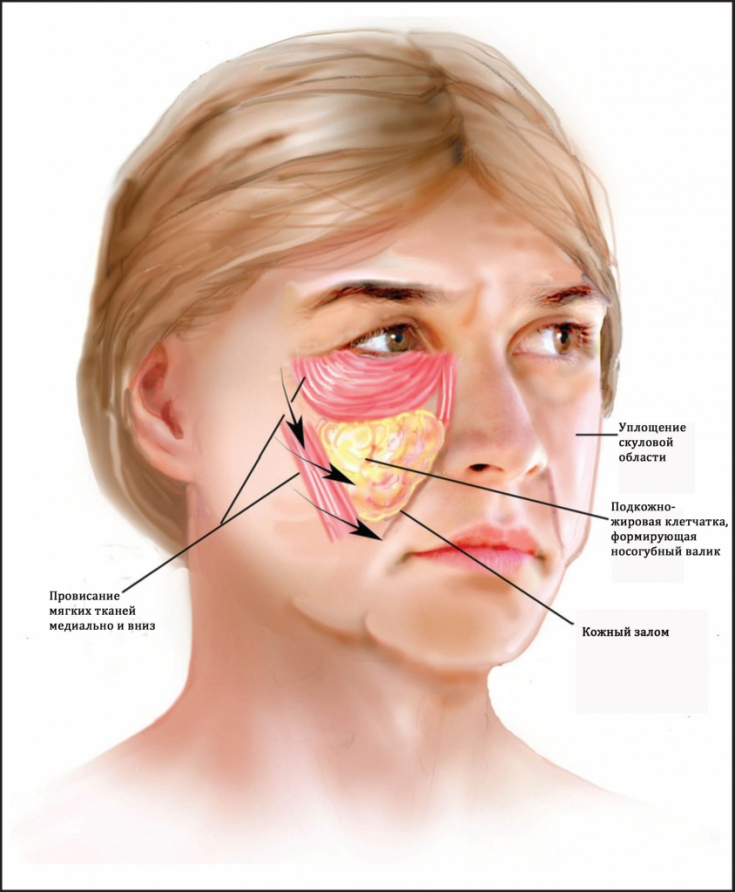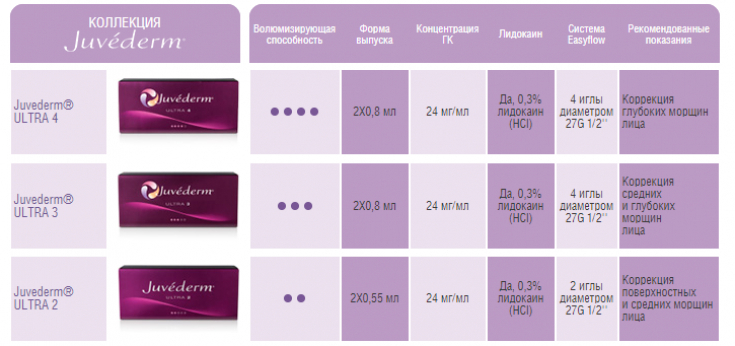Nasolabial folds – this is probably one of the most common aesthetic problems. They can occur at a fairly young age and greatly affect the aesthetics of the face. The correction of this zone has its own characteristics, depending on the causes of excessive contouring of the nasolabial folds.
Thus, it is important for the clinician to consider the type of wrinkle, which depends on the cause of the wrinkle, to select the correct dermal filler, and to work in the safest possible technique when working with this area.
On estet-portal.com read an interview with doctor-dermatocosmetologist of the Coherent clinic Victoria Vereninova about how the tactics of working with nasolabial wrinkles may differ > depending on the cause of their occurrence.
Correction of nasolabial folds depending on their type
Before talking about the treatment of nasolabial folds, it is necessary to correctly distinguish between their varieties.
Firstly, there are nasolabial folds due to excessive activity of mimic muscles, the so-called "false" folds.
They are more likely to be called nasolabial wrinkles than true folds. Most often they appear at a fairly early age, as well as in patients with thin, dry skin. The second kind of folds, "true" folds, occurs as a result of overhanging local fat packs in the cheek area.

The third type of nasolabial folds – it is a combination of the first two: a combination of overhanging fat packages with increased mimic activity.
When choosing the right injectable product, the following factors should be considered: safety, durability and the number of procedures required for optimal correction.
It is very important to consider the variety of nasolabial folds during correction, as different types of folds require different dermal fillers. Thus, to correct the third type of folds, it may be necessary to apply several fillers at once.
Read the latest articles in Telegram!
Correction of "false" nasolabial folds
Classifying the depth and type of nasolabial folds is the first step in successful therapy. The second step is to choose the right filler. Nasolabial folds caused by active facial expressions must be filled with a filler at the level of the superficial and median dermis. Attempting to fill these folds with deep dermal or subdermal injections may improve their contour but will not fill a superficial skin defect.
The most superficial wrinkles require the finest dermal filler such as Juvederm®; Ultra 2 of Allergan. Deeper creases can be treated with Juvederm® Ultra 3.

Attempting to fill smaller creases with a superficial placement of a denser product will result in clumps and an unacceptable result. Deep dermal placement of subcutaneous filler in these patients will provide some improvement, but will not adequately fill the superficial aspect of the fold.
A firm "no" deep wrinkles with Juvederm® Ultra 4
Correction of "true" nasolabial folds
Patients with "true" nasolabial folds, on the other hand, respond best to deep placement of denser material, such as Juvederm®; Ultra 4 by Allergan, which can restore the necessary contour. Superficial placement of a less dense filler will give minimal results with a short duration.
To obtain a smooth contour, it is necessary to massage after the injection of the filler into the area of the nasolabial folds.
As the number of treatment options for the aging face increases, patient evaluation becomes more important. By carefully considering the type of nasolabial folds, as well as the patient's expectations regarding the degree of correction and its duration, the doctor can easily provide an acceptable cosmetic result in most patients.
Original drugs of the company "Allergan" You can only purchase from an authorized distributor.
You may also be interested in: Physics and mechanics of lifting: features of the use of hyaluronic acid fillers







Add a comment